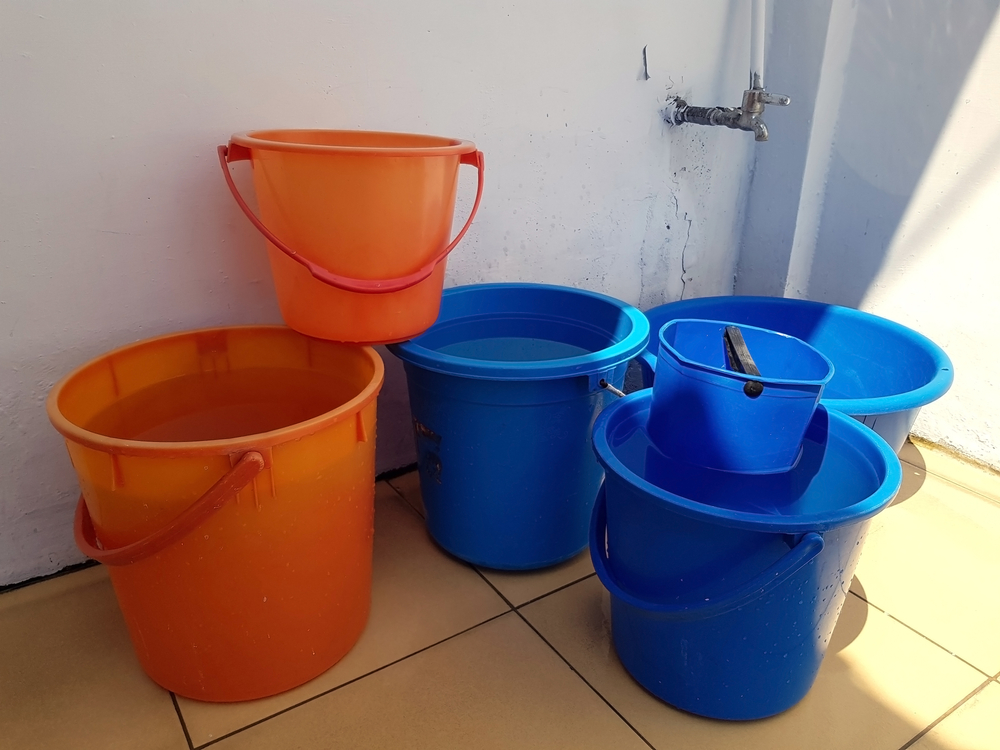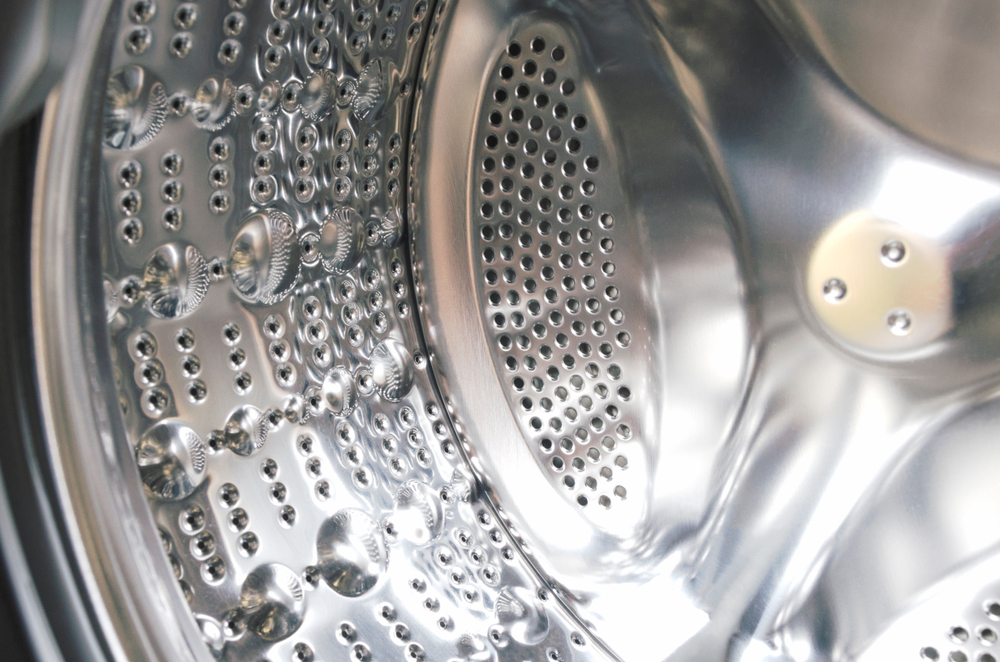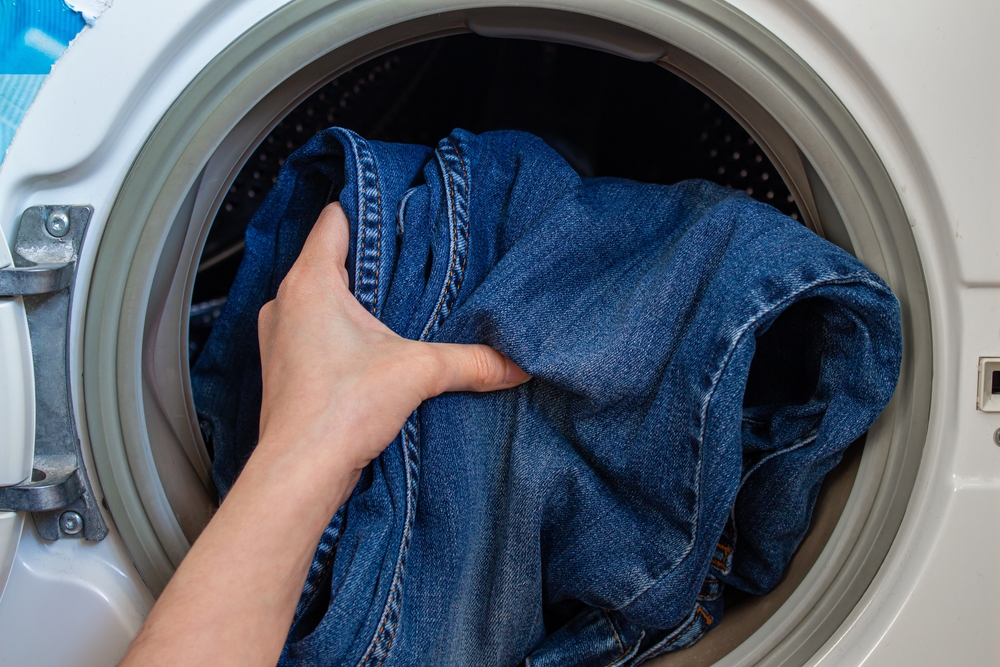The Dutch method that dries your laundry quickly, cheaply, and without odors – even in the dead of winter.
Others are reading now
Steam from a bucket of hot water placed beneath the clothesline can work wonders – an old Dutch trick that combines heat and ventilation for efficient drying without electricity.
The Challenge of Indoor Drying in Winter

- Cold temperatures and high humidity slow down drying time
- Risk of musty odors and mold growth
- Requires more than just hanging clothes up
What Is the Dutch Method?

- A clever and budget-friendly drying technique
- Place a bucket or basin of hot water underneath your drying rack
- Rising steam accelerates the drying process – no electricity needed
Important: Ventilation Is Key

- Make sure there’s good airflow in the room
- Without ventilation, moisture builds up and worsens the problem
- Avoid closed, damp spaces
1. Use Extra Spin Cycles

- Run an additional spin cycle in your washing machine
- You can also manually wring out excess water
- The less water in the fabric, the faster it dries
2. Leave Space Between Clothes

- Avoid overlapping garments
- Airflow speeds up evaporation
- Reduces the risk of mildew and bad smells
3. Hang Shirts on Hangers

- Save space on your drying rack
- Prevents clip marks and creases
- Perfect for shirts and blouses
4. Position Clothes Strategically

- Near windows, radiators, or other warm surfaces
- Take advantage of natural or existing heat sources
5. Use a Regular Fan

- Significantly boosts air circulation
- Aim it at the drying rack
- An effective and energy-saving method
Save Energy and Protect Your Clothes

Skip the tumble dryer and be kind to the environment
Use simple, affordable techniques
Keep your clothes fresh and free of moisture damage


